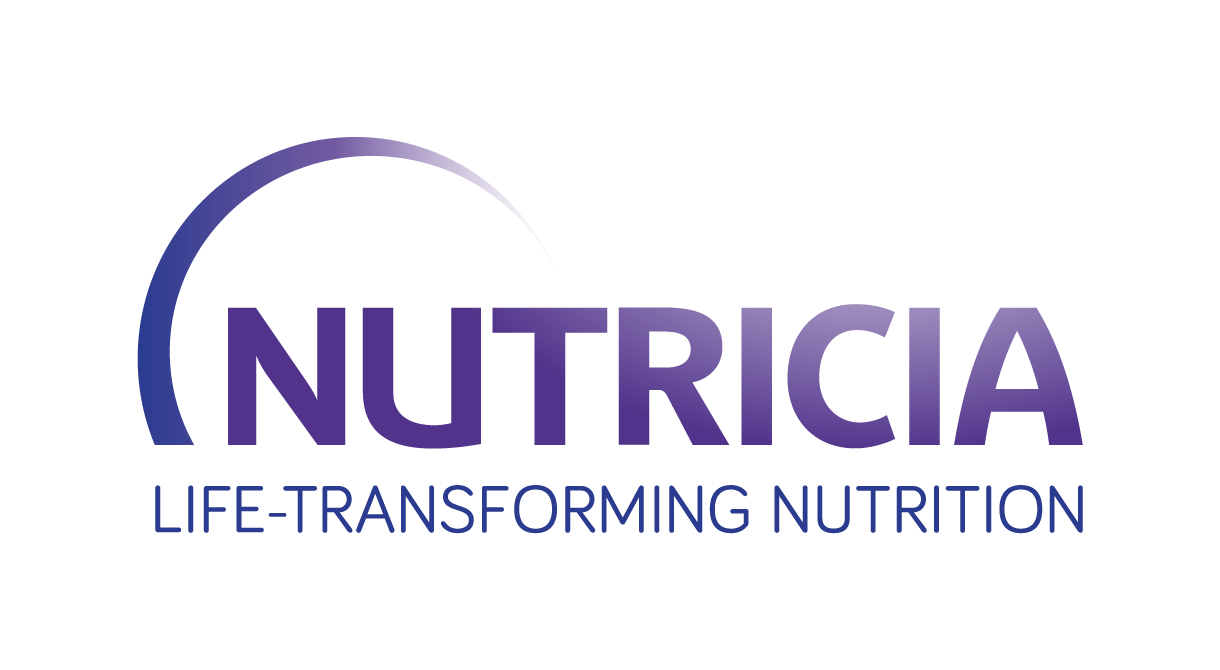CMA medical diagnosis in infants and babies
CMA can be classified according to whether the allergic reaction is an IgE mediated allergy (rapid onset) within 2 hours of ingestion or a non-IgE mediated allergy (delayed onset) between 2-72 hours after ingestion. Below are recommendations from the NICE guideline which outline the tests that should be used to confirm diagnosis.
1. Testing for IgE mediated food allergy: skin prick test or specific IgE blood testing
There are two tests used to aid in the diagnosis of IgE mediated food allergy. These include skin prick test and/or specific IgE blood testing and should only be conducted after a thorough allergy focused history has been taken.
The choice of test is based on:
- the clinical history and
- the suitability, safety for, and acceptability to the child or young person (or their parent or carer) and
- the available competencies of the healthcare professional
Tests should only be undertaken by healthcare professionals with the appropriate competencies to select, perform and interpret results in the context of information provided in the allergy focused history.
Only undertake skin prick tests where there are facilities to deal with an anaphylactic reaction. Do not use atopy patch testing or oral food challenges to diagnose IgE-mediated allergy in primary care or community settings.
2. Testing for non-IgE-mediated food allergy: elimination test
In non-IgE mediated allergy, if CMA is suspected an elimination diet between 2 to 6 weeks is recommended. Unlike IgE mediated allergy, there is no validated test other than an exclusion with a reintroduction challenge.
3. Alternative testing
Alternative diagnostic tools are not recommended. Do not use the following alternative diagnostic tests in the diagnosis of food allergy:
- vega test
- applied kinesiology
- hair analysis
- serum-specific IgG testing
These tests are not evidence based and may cause unnecessary restriction which could lead to nutritional deficiencies, malnutrition and reduced quality of life.



